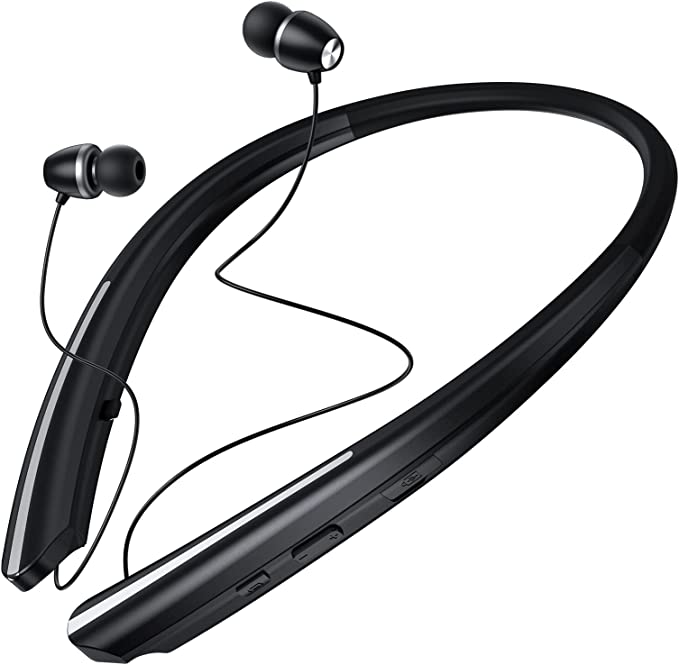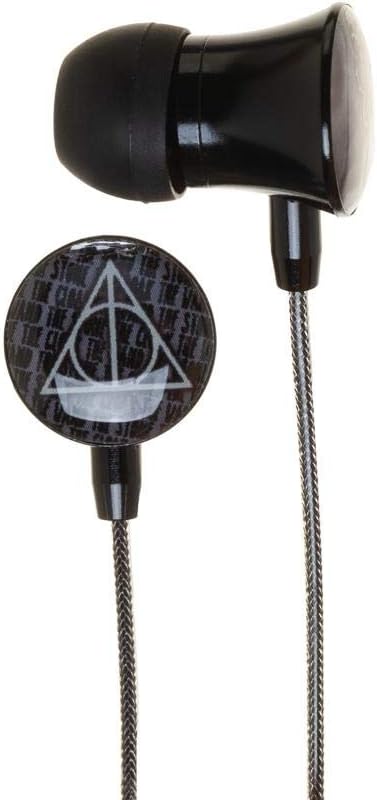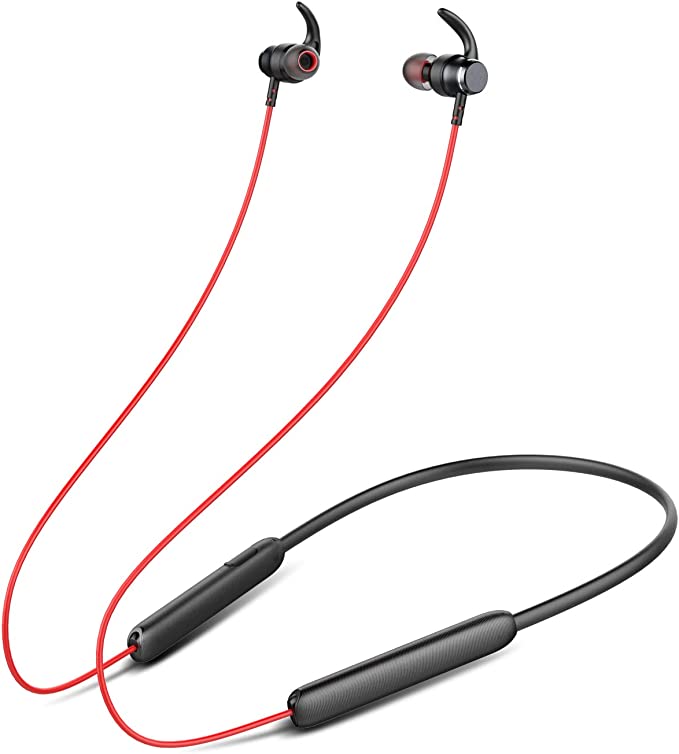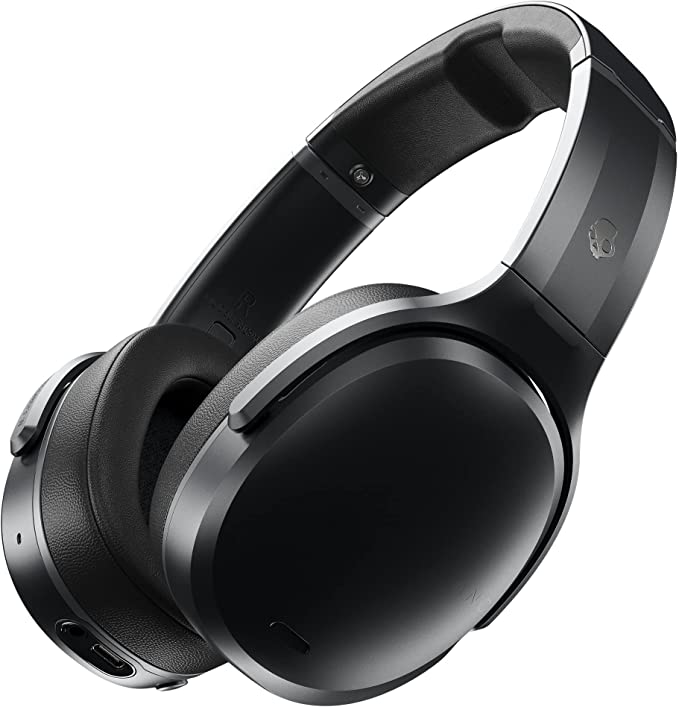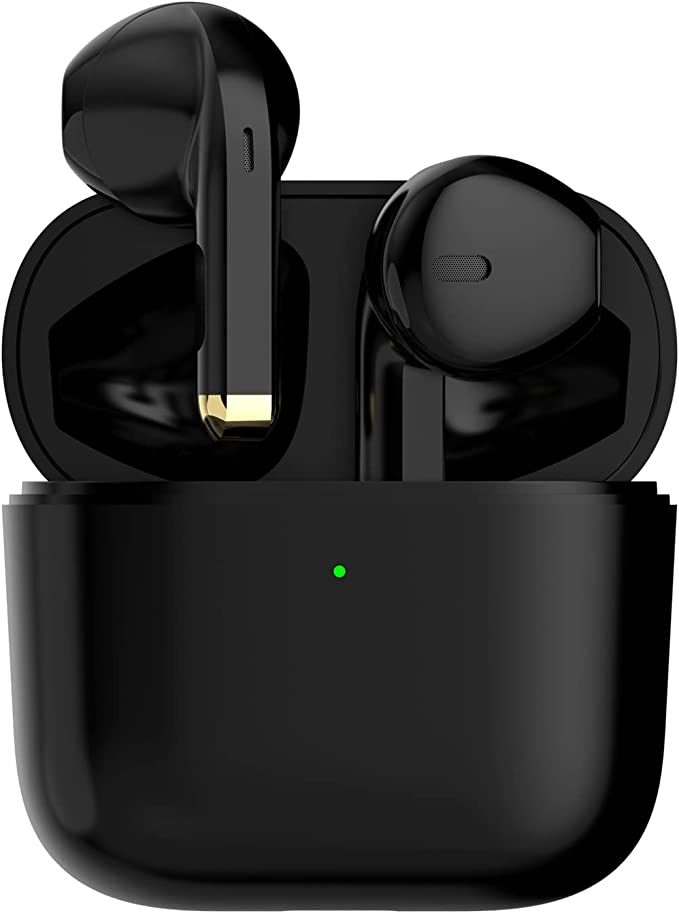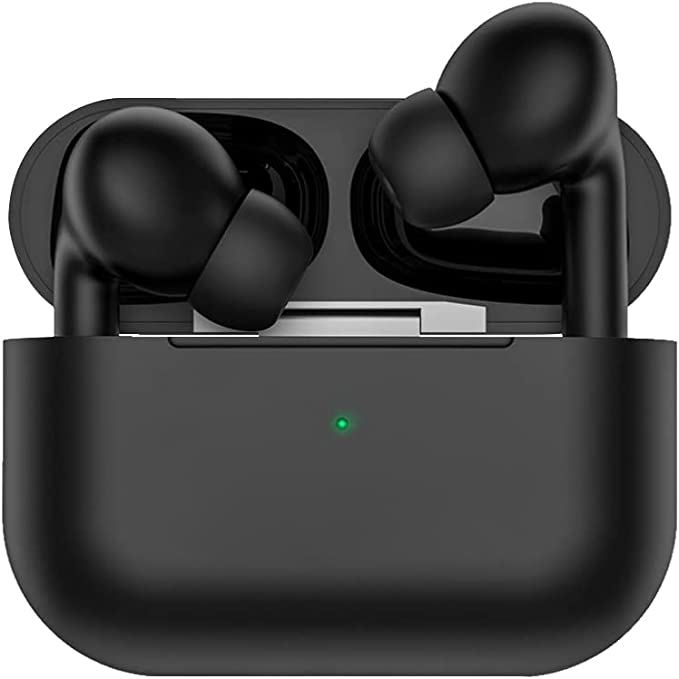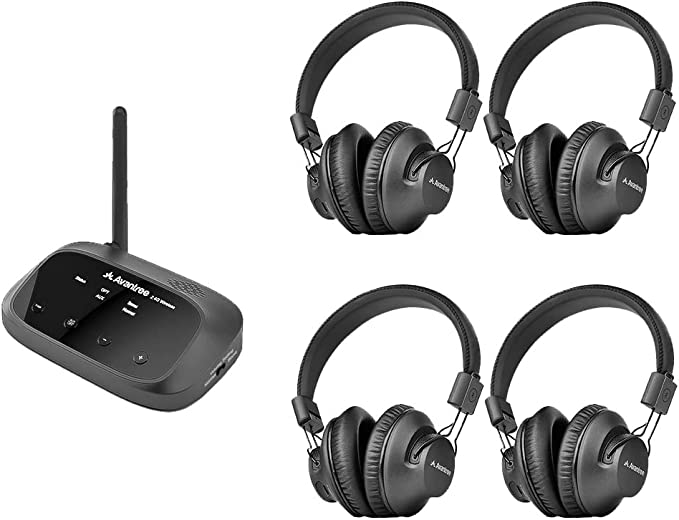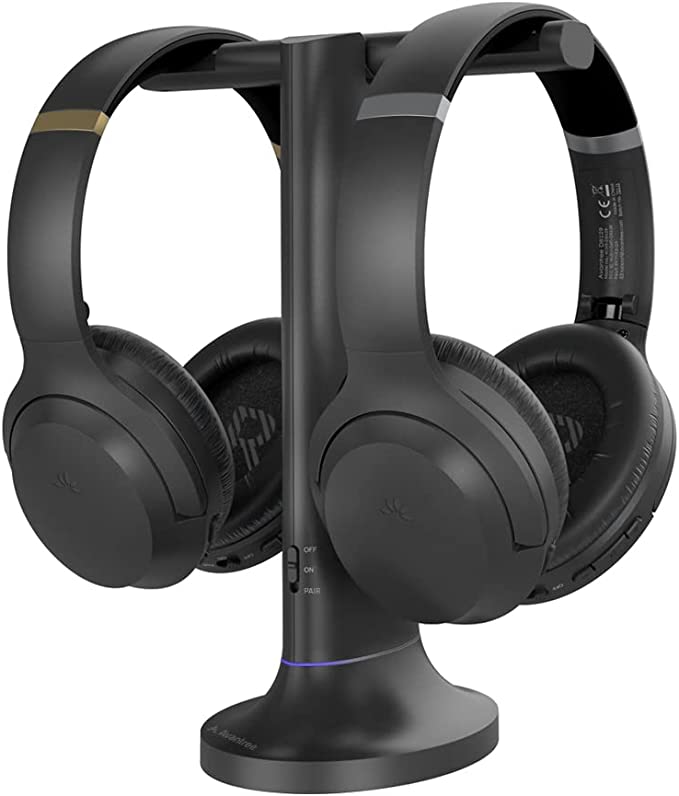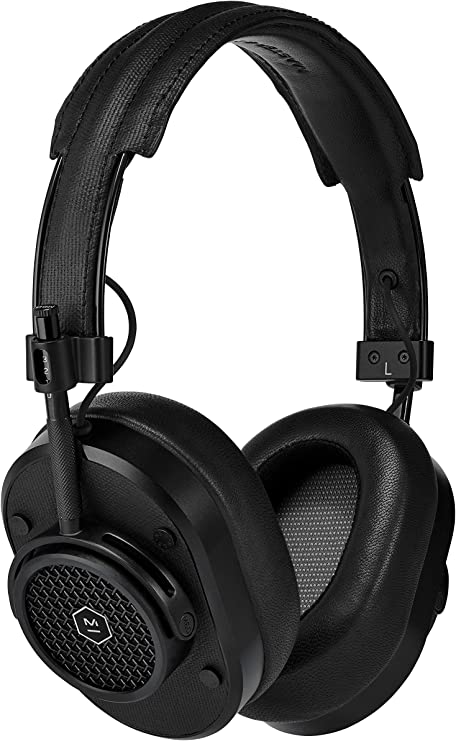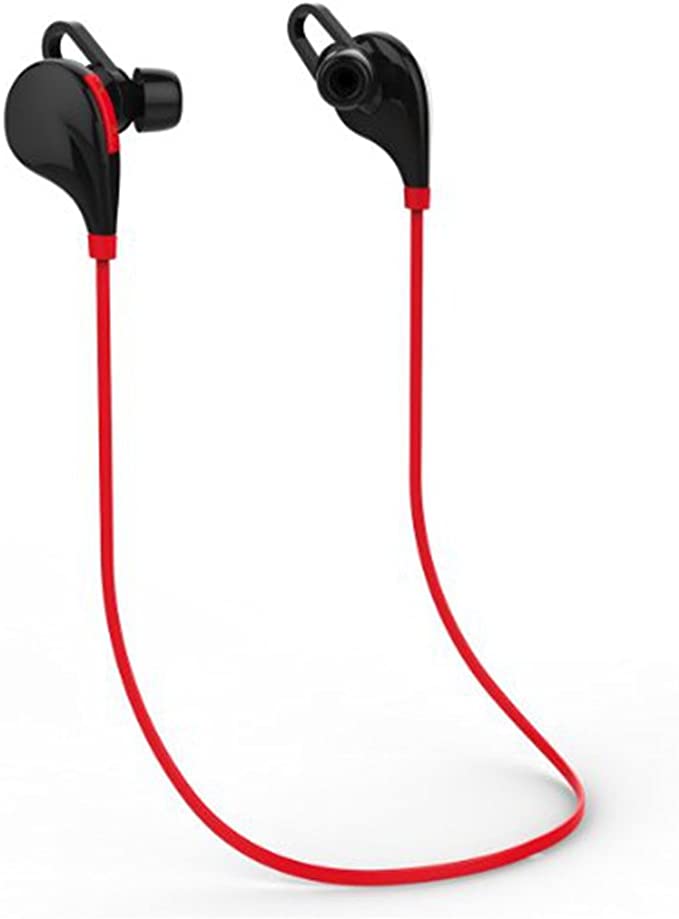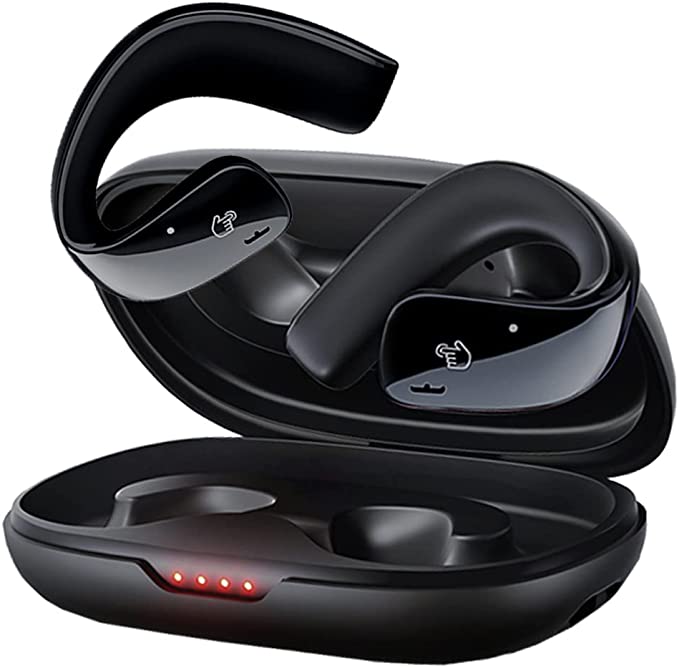iJoy DHP2101 Disney Nightmare Before Christmas Headphones: A Symphony of Style and Sound
Update on June 6, 2025, 6:06 p.m.
The low, persistent rumble of the subway car is a sound you feel as much as you hear—a vibration that works its way up through your shoes and into your bones. Around you is the usual urban chorus: the ding of a notification, a snippet of a stranger’s phone call, the rustle of a newspaper. It’s a world saturated with noise. You reach into your bag and pull out a pair of headphones. They’re adorned with the familiar, hauntingly charming faces of Jack Skellington and Sally. You slip them on.
The world doesn’t fall silent. There is no magical switch to flip the universe to mute. But something remarkable happens. The sharp edges of the auditory chaos are smoothed away. The high-pitched chatter dims, the piercing dings recede. The world outside becomes a dull, distant roar. How is this small, everyday miracle achieved? It isn’t magic. It is a carefully orchestrated symphony of physics, materials science, and human-centric design, a story waiting to be unpacked from within a shell of pop-culture iconography.

The Architecture of Quiet: Crafting Your Personal Space
The first thing you notice is the quiet—or rather, the quieting. This is your first encounter with a fundamental principle of acoustics: passive sound isolation. To understand it, imagine sound waves as waves in the ocean. The high-frequency sounds, like human speech or the clatter of keys, are like small, choppy waves. The low-frequency sounds, like the subway’s rumble, are like deep, powerful swells.
The iJoy DHP2101 headphones, with their over-ear design, act as a miniature piece of architecture, a seawall built for your ears. The padded earcups, typically made of a dense acoustic foam covered in polyurethane (PU) leather, create a physical seal. This seal does two things. First, the solid mass of the earcups reflects some of the incoming sound waves, just as a seawall deflects waves back into the sea. Second, the soft, porous foam inside absorbs the energy of the waves that do get through, converting the vibrational energy into an imperceptible amount of heat. This process is called damping.
This is fundamentally different from the more talked-about Active Noise Cancellation (ANC). ANC is an electronic marvel that uses tiny microphones to listen to incoming noise and then generates an opposite, “anti-noise” sound wave to cancel it out. Think of it as creating a perfectly timed trough to flatten an incoming wave’s crest. Passive isolation, by contrast, is a brute-force physical solution. It’s particularly effective against those choppy, high-frequency waves, which is why a good pair of over-ear headphones can make conversations fade away. It’s less effective against the powerful, low-frequency swells, which is why you can still feel the rumble of the train. This distinction is perfectly captured in user feedback, where one person notes they are “not so great at noise canceling” (referring to the active sense) while another astutely observes they “work well as noise reduction though.” They are, in essence, a portable sanctuary, a well-built room for your head.

The Invisible Handshake: The Ghost in the Wireless Machine
You press a button on the earcup, and a moment later, a quiet tone confirms a connection to your phone. No wires, no fuss. This daily act of technological faith is powered by Bluetooth, a technology so ubiquitous it feels like air. But ensuring that connection is stable and clear is a frantic, invisible ballet.
Bluetooth operates in the 2.4 GHz ISM (Industrial, Scientific, and Medical) band, which is less of a private channel and more of a chaotic public square, crowded with Wi-Fi signals, cordless phones, and even microwave ovens. To have a clear conversation in this noisy room, Bluetooth employs a brilliant strategy called Frequency-Hopping Spread Spectrum (FHSS).
Instead of staying on one frequency, your headphones and phone perform a synchronized dance, hopping between 79 different channels up to 1,600 times per second. It’s like two people having a conversation while rapidly switching lanes on a packed highway to avoid traffic. If one channel is suddenly flooded with interference from a nearby Wi-Fi router, they are already gone, having hopped to a clear channel, their conversation uninterrupted.
But there’s another layer to this digital conversation: the codec. Raw, high-fidelity audio is too much data to send wirelessly without interruption. So, before being sent, the audio is compressed by a codec (short for coder-decoder). The iJoy headphones, like virtually all standard Bluetooth devices, use the baseline SBC (Subband Codec). Think of SBC as the universal language of Bluetooth audio. It’s not the most poetic or nuanced language—audiophiles might notice a slight loss of detail compared to a wired connection—but it is incredibly reliable and understood by every device. It prioritizes a consistent, stutter-free experience over perfect fidelity, a practical compromise that makes this invisible handshake possible for everyone.

A Dialogue with the Body: The Ergonomics of Being
Technology is not just about what it does; it’s about how it feels, how it rests against our skin and conforms to our bodies. This is the realm of ergonomics, a subtle dialogue between a mass-produced object and a unique individual.
The experience begins with touch. The texture of the plastic, the give of the PU leather—these materials are chosen not just for cost, but for their sensory feedback. When you place the headphones on your head, the design conversation deepens. The adjustable headband is a simple mechanism designed to alter the clamping force, accommodating the vast diversity of human head sizes and shapes. The over-ear cups aim to distribute that pressure evenly around the pinna (the external part of the ear), rather than on it, to avoid the painful pressure points that plague on-ear designs during long listening sessions.
Yet, user reviews reveal the fundamental challenge of this dialogue: while one user finds them “comfy,” another reports they “do hurt the tip of my ears.” This isn’t a failure of design so much as an honest reflection of reality. Designers work with anthropometric data—statistics about human body measurements—to create a form that fits the “average” person. But no one is perfectly average. Our ears have different shapes, our heads different crowns. A design that is a perfect embrace for one can be a subtle pinch for another.
Then there is the satisfying click of the tri-fold hinge. This is simple mechanical engineering at its best. The hinges are precisely engineered pivot points that allow the headphones to collapse into a compact, protected form. It’s a feature that respects your space and mobility, a quiet acknowledgment that our technology must fit into our lives, and our bags, as seamlessly as possible.

The Heart of the Machine: A Surprisingly Retro Soul
If we were to peer inside the plastic shell, past the drivers and wires, we would find the device’s heart: a System on a Chip, or SoC. This tiny square of silicon is a marvel of miniaturization, a complete computer smaller than a postage stamp. It’s the multitasking brain that handles the frantic frequency-hopping of Bluetooth, decodes the compressed audio from your phone, and manages the commands from the five buttons on the earcup.
But on this particular device, the SoC has learned some older languages. It has a Micro SD card slot and a built-in FM radio receiver. In an age of ubiquitous streaming, these features feel almost anachronistic, like finding a hand-crank on an electric car. Yet, they represent a profound design choice. They offer freedom—freedom from a data plan, freedom from a paired device, freedom from the internet itself. They allow the headphones to be a self-contained entertainment system, perfect for a child without a smartphone, an adult on a run who wants to leave their phone behind, or anyone who simply enjoys the serendipity of broadcast radio. These features transform the headphones from a simple accessory into a resilient, independent tool.
Technology as a Vessel for Identity
We return to our commuter on the train. The rumble is a little softer, the world a little more distant. The music playing is a private soundtrack in a public space. The headphones, bearing the symbols of a beloved film, are more than a tool for listening. They are a declaration of taste, a badge of fandom, a piece of wearable identity.
The iJoy DHP2101 headphones are not intended to compete with thousand-dollar audiophile equipment. They are not for dissecting the subtle decay of a cymbal in a studio recording. Their true purpose lies in the successful fusion of accessible science and cultural affection. They are a testament to how layers of well-understood physics, established engineering principles, and thoughtful design can come together to create something that feels personal. They prove that the best technology often isn’t the most advanced or the most powerful. It is the technology that quietly, reliably, and beautifully disappears, allowing us to build a small, personal world of our own.

